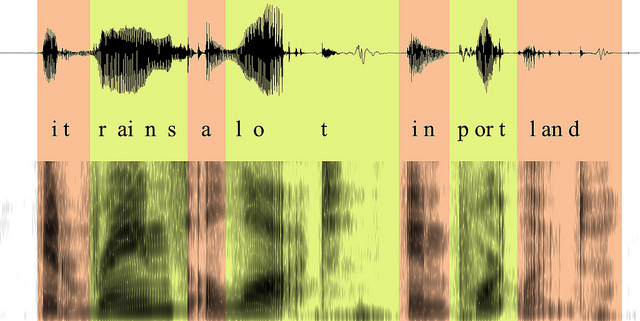Know Your Target
To learn a language, we need to know what a language is. Knowing this helps us know what to study and in what order.

Languages consist of three things:
- Sounds
- Words
- A way of combining words to make sentences
Humans use a wide range of sounds in their languages. We put our tongues, lips, and throat in many different positions to make them. There are click sounds, hissing sounds, buzzing sounds, popping sounds and many more. And each language has its own set of these sounds that are used to make the words of that language. The good news is… a given language doesn’t have that many sounds (English has around 45) and languages tend to have a lot of sounds in common.
So if you are an English speaker learning Indonesian, you already know how to pronounce most of the vowels. If you are a speaker of Bahasa Indonesia learning Spanish, then you already know most of the vowels and a lot of the consonant sounds. So you probably don’t have to learn too many new sounds when you learn a new language, but even if you do it can be a fun journey if you know how to approach it.
We then take these 40-50 sounds and combine them into words.…thousands of words! A word is basically a sequence of sounds with a meaning. When we are listening to a language, our brain takes the sounds we hear and interprets them as words. If we change the sounds of a word, then we are communicating a different meaning.
Then using these words and a relatively small number of rules and patterns, we can combine these words into an infinite number of sentences.
So what does this mean for language learning?
Learn the sounds of your new language well. They are the building blocks of words and the keys for understanding a new language and being understood by others.
Photo: “It Rains a Lot in Portland” by Aaron Parecki - CC by 2.0